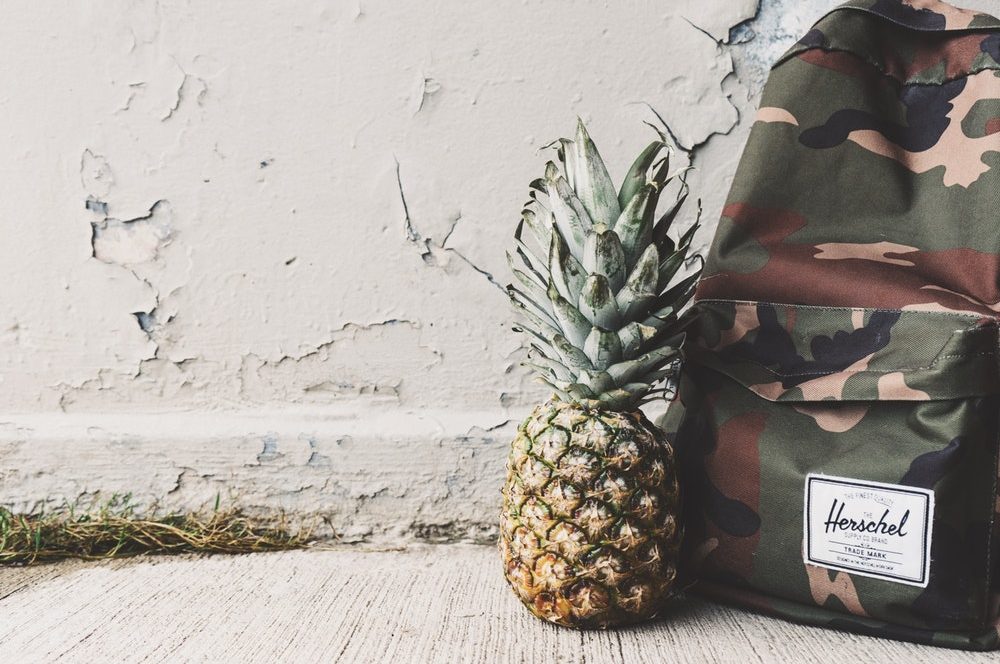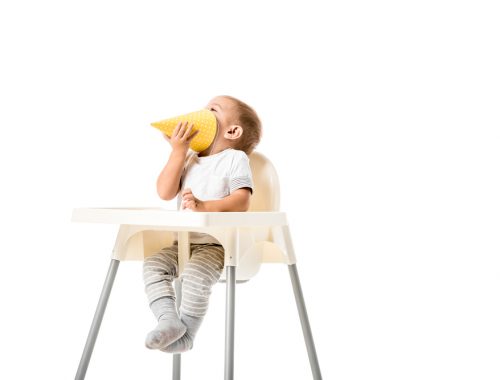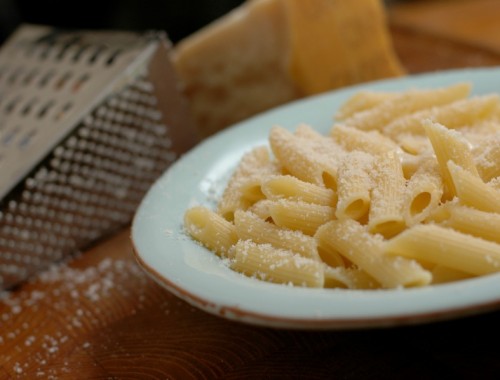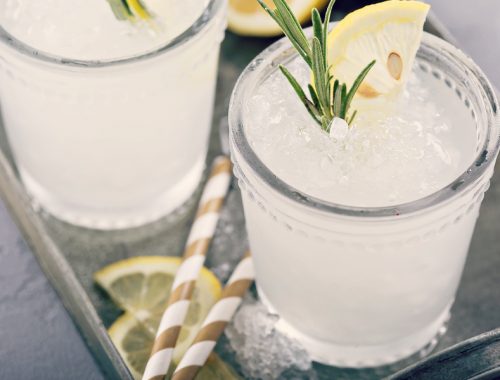Back to school means back to a routine, back to feeling crazy busy and back to packing lunches. Aside from the daily content question of what to pack, have you given much thought to how you’re packing your lunches? A waste-free lunch by definition is one that contains no throwaway packaging or food leftovers. In terms of lunch gear products, re-usability is the number one factor when packing a waste-free lunch. A second factor, critical for your child’s health, is non-toxicity and a final factor to consider is durability. If you’re going to invest in reusable lunch gear, it makes sense to ensure it’s made to last. It also makes sense to encourage your child’s input on colours and patterns to encourage them to pack up their reusables for taking home.
With just a little planning, packing waste-free lunches is easy – and important. Here are five reasons why you should pack a waste-free lunch for school.
Good for the Environment
It’s good for the environment. The average student’s lunch generates a total of 30 kg of waste per school year, or an average of 8500 kg (18,700 lbs) of waste per school per year, according to the Recycling Council of Ontario. Waste-free lunches reduce the amount of garbage going into our landfills, including plastic bags that actually never go away. Pack only what you think your child will eat and keep it cold with a freezable lunch bag or eco-friendly ice pack to ensure minimal food waste at the end of the day.
Health and Waste-Free Lunches
It’s good for your child’s health. Packing lunch into re-usables means your child will most likely end up with a healthier lunch as you’ll be avoiding prepackaged and heavily processed foods loaded with sugars and additives. You’ll also be able to control the materials your child’s food comes into contact with, ie. choosing non-leaching glass or stainless steel food containers over plastics that may contain endocrine disrupting chemicals which affect hormone levels.
Setting an Example in Environmental Stewardship
It’s environmental stewardship by example. If your kids see you making the effort to reduce the amount of waste you’re packing for them on a daily basis, they’ll begin to understand the importance of reducing our footprint on the earth. Then there’s the knock-on effect of their friends seeing how little waste they’re generating, and so on, and so on.
Waste Free Means Saving Money
It can save you money. It is estimated that packing a disposable lunch complete with plastic baggies, plastic spoon, juice bag costs $4.02 per day compared to a waste-free lunch packed with reusables at $2.65 per day. That’s $20.10 per week versus $13.25 per week and a saving of $1.37 a day or $6.85 a week. Clearly, the cost of a throwaway lunch adds up – and quickly. Waste-free lunches mean buying larger package sizes, even bulk and can actually become money savers for families.
School Policies on Litterless Lunch
It can help prepare you for the inevitable. If your child’s school hasn’t already introduced a ‘waste-free lunch challenge’ or ‘litterless lunch day’, it likely will – and soon. More and more schools are introducing the concept of environmental responsibility to students and lunch waste is an ideal way to demonstrate it.
Tips for packing a waste-free lunch
Lunch How-Tos
Avoid boxes of individually prepackaged snacks and instead buy regular size boxes of cookies, crackers, tubs of yoghurt and simply transfer small amounts into reusable snack containers and pouches.
Flexible and reusable fabric snack pouches (with either a zipper or velcro closure) are ideal for recess as they can be rolled up and stored in a pocket when empty.
In the rush to get out to the playground, juice tetra packs and drinking boxes you think will make it into the recycling box, often don’t. Non-leaching, double wall insulated and highly durable BPA-free stainless steel water bottles that can stand up to the occasional knock or fall off a desk are a smart option.
Don’t forget reusable cutlery with your packed lunches – and on hot lunch days too. Otherwise your child will more than likely be provided with a one-use disposable plastic fork or spoon.
Happy packing!





[…] plans. Lunches will be made the night before, they will include fun, healthy options, and ‘litterless‘ will be a huge goal. Ok, even if we only bat one for three, here are a few tips that may […]
This is gay and stupid
This is gay and stupid f u c k y o u
whos my name is jeff
…